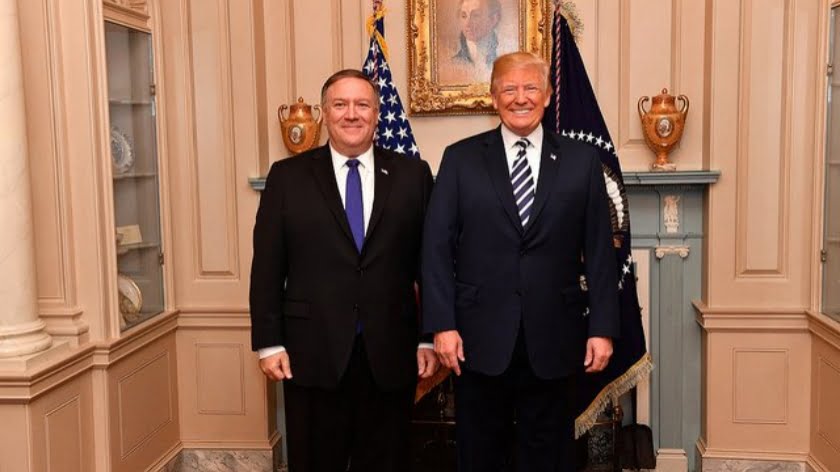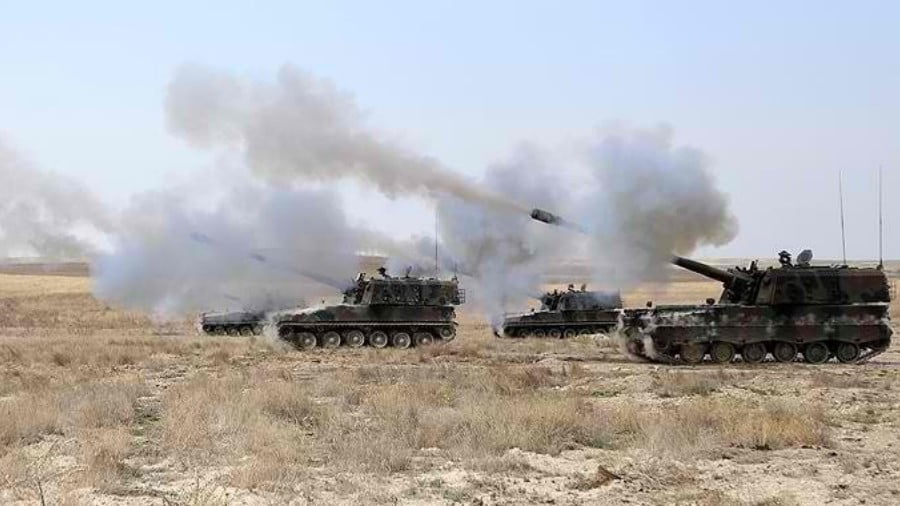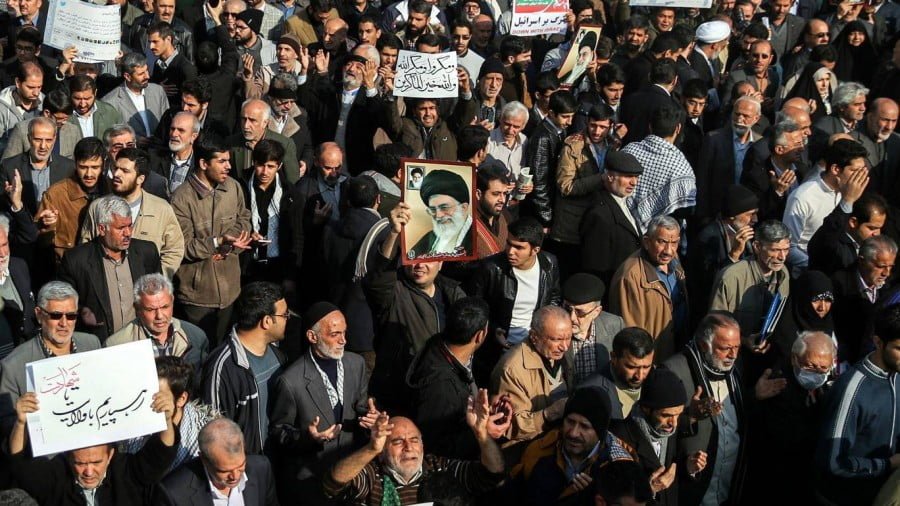Eastern Europe in Political and Military Optics (I)
In recent years, the Eastern European countries that have become members of NATO have shown excessive zeal in promoting Atlanticism, becoming more pro-American than the old guard from Western Europe. The logic can be explained not only by the desire to please the patron from Washington, but also by Halford Mackinder’s famous geopolitical imperative – whoever controls Eastern Europe controls Eurasia, and whoever controls Eurasia controls the world.
For this reason, any anti-Russian aspirations of the former members of the Warsaw Pact are actively encouraged by the United States. Britain is also playing along with the reorganization of the new cordon sanitaire, warmly welcoming the Polish Intermarium Initiative, in which it sees its own benefits. The U.S. is also very interested in and sponsors the development of this project. It is noted that “the vitality of the Intermarium project also means that Poland and other Eastern Europe states will be less willing to live according to the French and German understanding of the European space. Most Intermarium members are outside the Eurozone but constitute the most economically dynamic part of Europe”.
Then there is the Visegrad Group, which includes Poland, Hungary, Slovakia and the Czech Republic. In November 2022, the defense ministers of the four countries finalized a plan for cooperation in military planning. It includes NATO defense consolidation, synchronizes with similar EU initiatives and appeals to Euro-Atlantic security.
Although Hungary has a moderate stance on the imposition of sanctions against Russia and the situation in Ukraine in general, the country is a member of both the EU and NATO. Viktor Orban’s pragmatism is solely related to the supply of hydrocarbons. Hungary will never go against the agreed strategy of Brussels, whether it is a military and political or political and economic decision.
France, Germany, Italy, Spain and Northern European countries in such a context remain on the periphery and, therefore, deprived of the advantages of the leading bloc, are already forced to support projects and initiatives imposed by the United States and implemented by Central and Eastern European countries.
The strengthening of this very direction is most noticeable through NATO, which in Brussels is justified by the need to contain Russia and to counteract hybrid threats, which allegedly come from Moscow. The open-ended operation “Atlantic Resolute”, which includes constant military exercises, is combined with the reorganization of the NATO structure.
In 2022, NATO began creating four additional multinational battlegroups in Bulgaria, Hungary, Romania and Slovakia, in addition to the existing four in Latvia, Lithuania, Estonia and Poland. The four northeastern battlegroups (in Estonia, Latvia, Lithuania and Poland) are under NATO command, which is carried out by Multinational Corps Northeast Headquarters in Szczecin, Poland. Two divisional-level headquarters coordinate the training and preparation activities of their battle groups. Multinational Corps Northeast Headquarters, located in Elblag, Poland, has been fully operational since December 2018. This headquarters works closely with battle groups in Poland and Lithuania. An additional Multinational Division North headquarters was activated by NATO in October 2020. Its forward units are located in Adazi, Latvia, while the rest of the headquarters is located in Karupa, Denmark. This headquarters works closely with battlegroups in Estonia and Latvia.
Four new battlegroups (in Bulgaria, Hungary, Romania and Slovakia) are currently being established and integrated into NATO’s command structure.
In doing so, many of the actions carried out by NATO allies at the national level, although not formally part of NATO’s forward presence, contribute to increased activity in the eastern part of the Alliance. NATO’s Fast Reinforcement Strategy envisages that the forward presence forces will be reinforced by the NATO Very High Readiness Joint Task Force (VJTF), the larger NATO Response Force, additional Very High Readiness Forces, and even larger NATO formations as necessary.
All of this is being conducted according to the new model, which was agreed upon at the NATO 2022 Summit in Madrid. The transition to the new model is scheduled to be fully completed in 2023.
Some Eastern European countries occupy a special place in the anti-Russian policy of the United States and NATO because of their strategic location and historical ties.
Late last year, Slovak authorities announced that they had approved another military aid package for Ukraine. Foreign Minister Rastislav Kacher said that they are restarting the 122 mm and 152 mm munitions production, to meet the demand in Ukraine. That process would involve both state-owned, as well as private facilities. This is a part of a broader project coordinated by NATO. In addition, back in November, the Slovaks handed off 30 BMP-1 infantry fighting vehicles to Ukraine, in exchange for 14 Leopard 2A4 main battle tanks from Germany, which came together with spares, and a training package. Theoretically, these Leopards could also be transferred to Ukraine at a later date.
In addition to Slovakia, Bulgaria and the Czech Republic have serious ammunition production capabilities.
Poland has the most active position. Its motivation is fueled by such factors as shared borders with the Kaliningrad region and Belarus, as well as Ukraine. This has caused Poland’s current militarization. In 2018, a new mechanized division was stationed in the Mazowieckie and Lubelskie voivodeships and a Suwalki regiment was created, justifying the need to defend the Suwalki corridor. Already this year the creation of another division in the east was announced. At the same time, according to the law of March 11, 2022, the total number of Polish Armed Forces will be increased to 300 thousand, and the current defense spending will amount to 3% of the GDP. Although Polish Defense Minister Mariusz Blaszczak said that they will be increased to 5% of GDP.
Poland also has a law on territorial defense that implies extensive use of civilians for military purposes, similar to the precedent set in Ukraine for the uncontrolled distribution of small arms.
The U.S. is actively encouraging Poland on the road to militarization. In December 2022, the U.S. State Department approved a $3.75 billion sale of American-made armored vehicles to Poland. The deal includes the supply of 116 Abrams tanks, 12 ARV M88A2s, six M577A3 command vehicles, 25 M1152A1 HMMWVs, 26 JLTVS M1279A1 light tactical vehicles, as well as various equipment, small arms and ammunition.
to be continued







